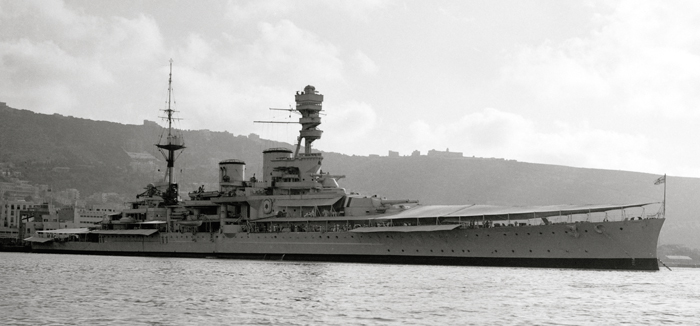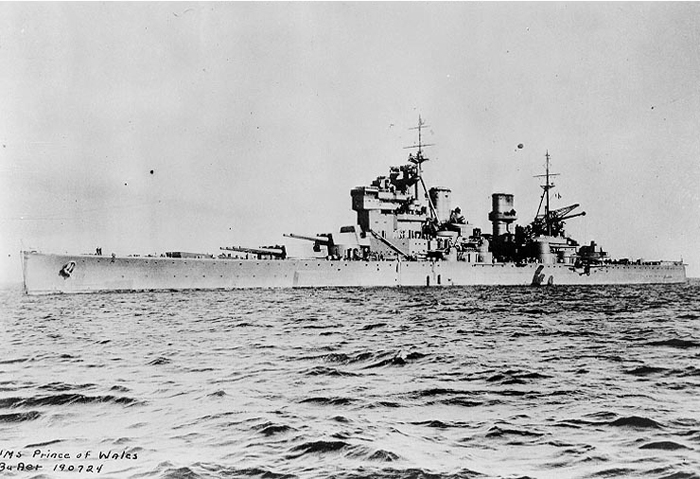VJ Day Anniversary August 15th
Victory in Europe was celebrated on the 8th May 1945 but the war in the Far East continued on for another three months until Victory in Japan, or V-J Day was the announced when news of Japan’s surrender was made – and is associated with the afternoon of August 15, 1945, in Japan, but because of differing time zones, it was August 14, 1945 (when it was announced in the United States and the rest of the Americas and Eastern Pacific Islands) – The Official surrender and signing of the document by Japan took place on-board USS Missouri September 2nd 1945 officially ending World War II.
August 15th is the official V-J Day for the UK, the official U.S. commemoration is held on the September 2nd. The name, V-J Day, had been selected by the Allies after they named V-E Day for the victory in Europe.


The war with Japan was fought over a vast area covering the Pacific islands and Southeast Asia and began in December 1941 and commenced when Japan attacked Thailand and the British processions of Singapore and Hong Kong also United States military bases at Pearl Harbour Hawaii and the Philippines.
This part of the war was hard fought by Great Britain, the Commonwealth and allied troops with many major battles both on land, Sea and in the air especially during the battle of Mid-way in the Pacific and the Royal Navy recorded heavy losses of warships the most re-known was the loss of HMS Prince of Wales and HMS Repulse on the same day and some 3 days after the attack at Pearl Harbour, which had brought America into the war.
There was a great loss of life on all fronts and especially regarding troops, airmen and sailors being taken prisoners of war by the Japanese, including many civilian prisoners taken in the attack on both Hong Kong and Singapore, with many as one in three to lose their lives through disease, malnutrition, ill-treatment and execution especially those who were forced into labour by the Japanese on the infamous death railways and factories.
Lives were also lost through the sinking of British Troopships on route from South Africa to Far East Bases, especially those in Ceylon. One such ship was the ‘SS Khedive Ismail’ sunk by a Japanese submarine on the 12th February 1944 when 16 RN Sick Berth and Nursing Staff were killed and there are many records of such attacks on troop ships with loss of life throughout the Indian Ocean.
There is little mention in the history of this part of World War 2 of the ‘Hellships’ – one has to peruse the internet to learn of the transport ships used by the Japanese to move great numbers of prisoners of war and the associated great loss of life of those prisoners taken and transported after the fall of Singapore, Hong Kong and the many islands invaded by Japanese troops.
One such ship of which little has been told involves the sinking of the ‘SS Lisbon Maru’ whilst transferring some 2,000 multi-national prisoners taken at the fall of Hong Kong.
The reason for highlighting the story of the SS Lisbon Maru is that amongst those taken prisoner were male members of the Royal Naval Sick Berth branch taken from Royal Naval Hospital Hong Kong and the Sickbay of HMS Tamar and having endured many months of Japanese rule over Hong Kong were eventually formed into various service groups and crammed into the holds of the ship.


Members of Army regiments and also a number of allied troops were placed in other holds with conditions on board that were intolerable with many suffering assorted disease, especially abdominally conditions. The Lisbon Maru finally sailed from Hong Kong for Japan on the 27th September 1942 to the POW’s the horror was only just beginning and the holds with their human cargo were locked down except when POW’s were allowed on deck during the day for exercise.
On the 1st October 1942 the American submarine the ‘USS Grouper’ was patrolling the China seas and made visual contact with what appeared to be a Japanese troop transport ship, having noted many soldiers on the upper deck of the Lisbon Maru. Having dived three torpedoes were fired from the Grouper with one hitting the ship. Having been hit the ship started to list slowly, troops immediately took to the boats with prisoners still trapped in the holds. Listing badly the ship stayed afloat for some 24 hours before the ship began to sink by the stern and in that time many of the prisoners had managed to escape from the holds and took to the water only to be attacked and gunned down in the water by the Japanese in ships boats.
The naval medical staff were to be held back on the instruction of Surgeon Lt Charles Anthony Jackson RNVR and took to the water as instructed virtually as the ship slipped below the waves. CPOSBA Allison was killed at the time by a wire hawser snapping and some lost through being sucked down in the ships vortex. Records show that 154 naval personnel were lost including 13 Sick Berth staff with a large number of Sick Berth staff surviving.
Many of the escapees were luckily picked up by Chinese fishermen, landed fed and were clothed. The escapees were well treated but were soon to be recaptured by the Japanese and once again transported by ship to the Japanese mainland and many to the Nagoya POW Camp.
Once in their first camp Surgeon Lt Jackson with the help of surviving naval medical staff set up a sick quarters the best that they could and cared for many of the prisoners with little or no medical provisions. It is recorded that Surgeon Lt Jackson operated on a naval rating AB Thomas Eccleston who had gangrene of the leg and amputation was performed using a razor blade and the patient survived.
On many occasions the hospital was raided by the Japanese and Surgeon Lt Jackson questioned when newspaper cuttings were found showing allied movement within Asia. The POW’s were further moved around once in Japan and in the first instance the Sick berth staff set up simple sick bays to treat the POW’s with what medical supplies were available. In one such camp Surgeon Lt Jackson was assisted by LSBA Wallace Hastings until they were spilt up. By the time of the surrender by Japan many of the Sick berth staff had been divided and spread to other POW Camps. LSBA Hastings was in Hirohata Camp and the only British POW along with an Australian the rest were American on surrender day LSBA Hastings raised the Union flag.
Of the 379 Naval personnel on the SS Lisbon Maru 158 were lost, 70 died and 151 returned home.
Whilst Queen Alexandra Royal Naval Nursing (QARNNS) Service sisters, Voluntary Aid Detachment died, or were killed on route to the Far East (‘SS Khedive Ismail’) and other ships and others died in service. Miss Olga Franklin and 3 QARNNS Sisters were imprisoned by the Japanese with Miss Franklin making an embroidery of her experience which was hidden from the Japanese and now in the QARNNS Archive. Miss Franklin RRC became the Matron in Chief QARNNS post war from 1947 – 1950.
Acknowledgement Tony Banham Hong Kong University Press ‘The Sinking of the Lisbon Maru’
Other Articles of interest > ‘Operation Magic Carpet’ the greatest movement and repatriation of Prisoners of War after the surrender of Japan available on the Haslar Heritage Group website